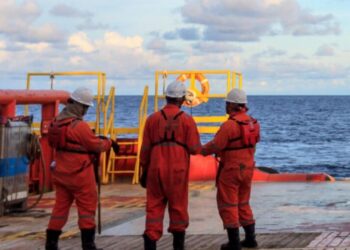West of England P&I Club published a video which highlights the dangers that can occur when incorrect personal protective equipment is used and when procedures are not followed. The content defines working at height and the practical risk control measures to be used in order to reduce the risk of a fall.
According to West, working at height is any location where is a risk of failing. Serious injuries and even fatalities have occurred as a result of falling from a height even falls from relatively low heights can have serious consequences.
As explained, the reasons these falls occur are predominantly, due to failure to recognize a risk by an income complete risk assessment failure to implement
safety procedures on board, failure to follow safety procedures poor management of work carried out negligence such as, failure to use correct PPE, failure of
safety equipment or inappropriate safety equipment.
The SMS procedures shall ensure that that work is properly planned, including a risk assessment supervised and carried out safely as per the ism code. When
completing a high-risk task a written permit to work. PTW must be in place, in order to prevent falls from a height the following must be implemented assess the dangers and Hazards for complex or non-routine tasks a risk assessment form must be completed prior to issuing the PTW a tool box talk needs to be given
outlining the risks associated and how best to mitigate them.
Protective measures must be in place. This can include appropriate lighting guard rails and placing barriers the work must be performed by competent persons competent means someone who has sufficient skills experience and knowledge to complete the task. Safely crew members that are tasked with working at height need to wear the correct personal protective equipment.
PPE work equipment and PPE must be inspected and be in good condition prior to use crew that are working at heights must wear a safety harness with a lifeline or a full arrest system, which has been inspected and is in date to reduce the distance the crew member can drop. If there is no railing around the whole area and there is a risk of falling as a general rule of thumb the safety harness should be used when the height is greater than 2 to 2 1/2 M and it must be attached to a fixed.
































































